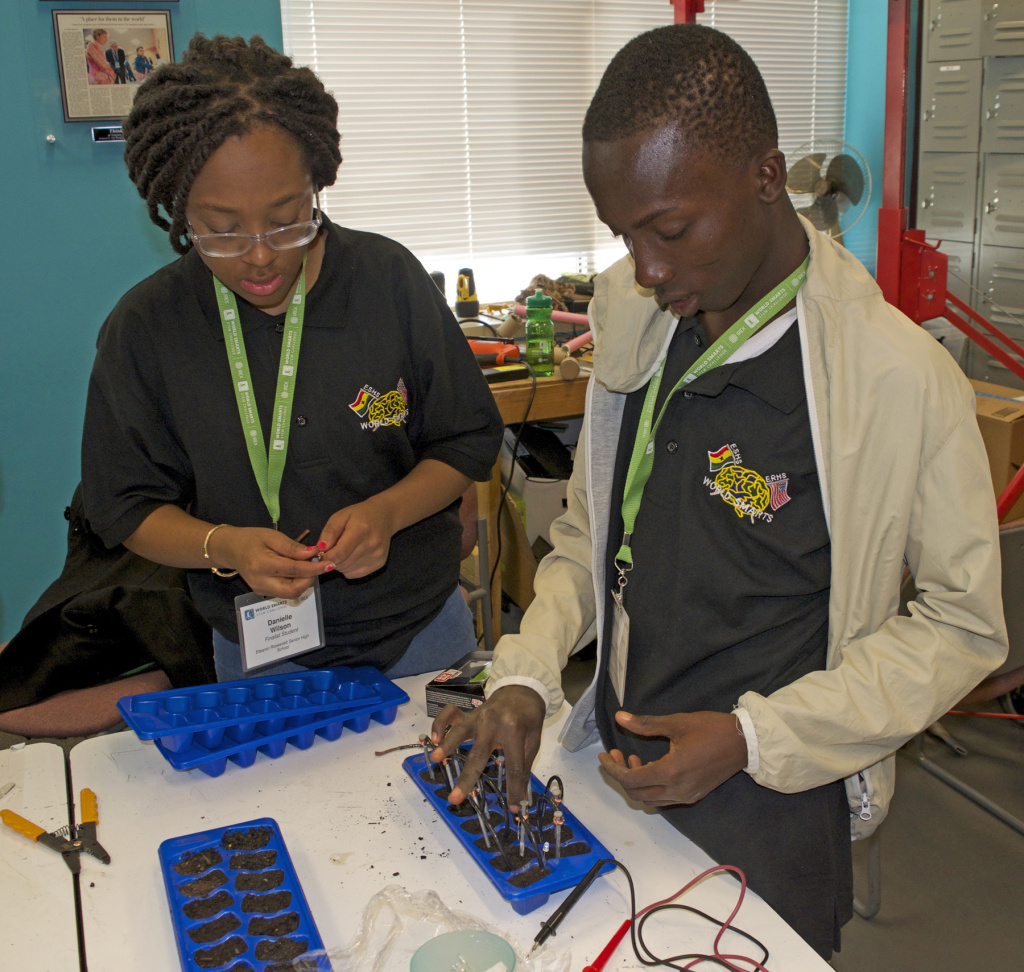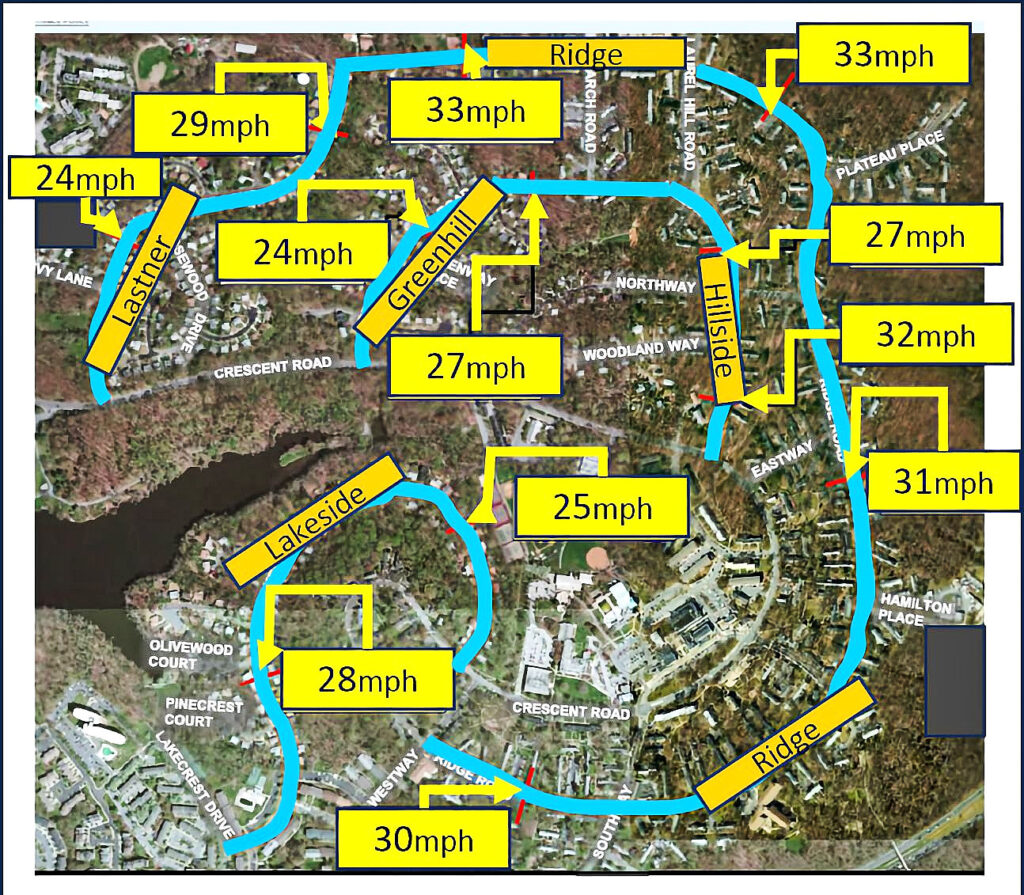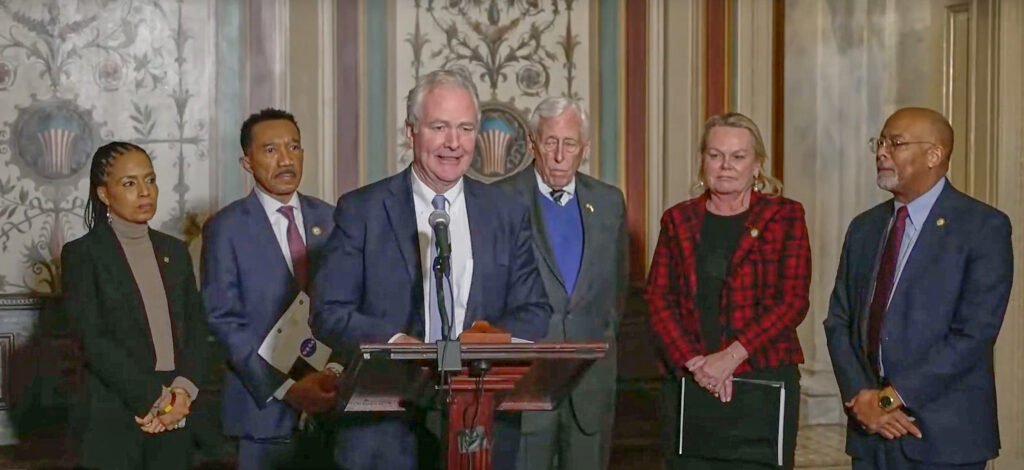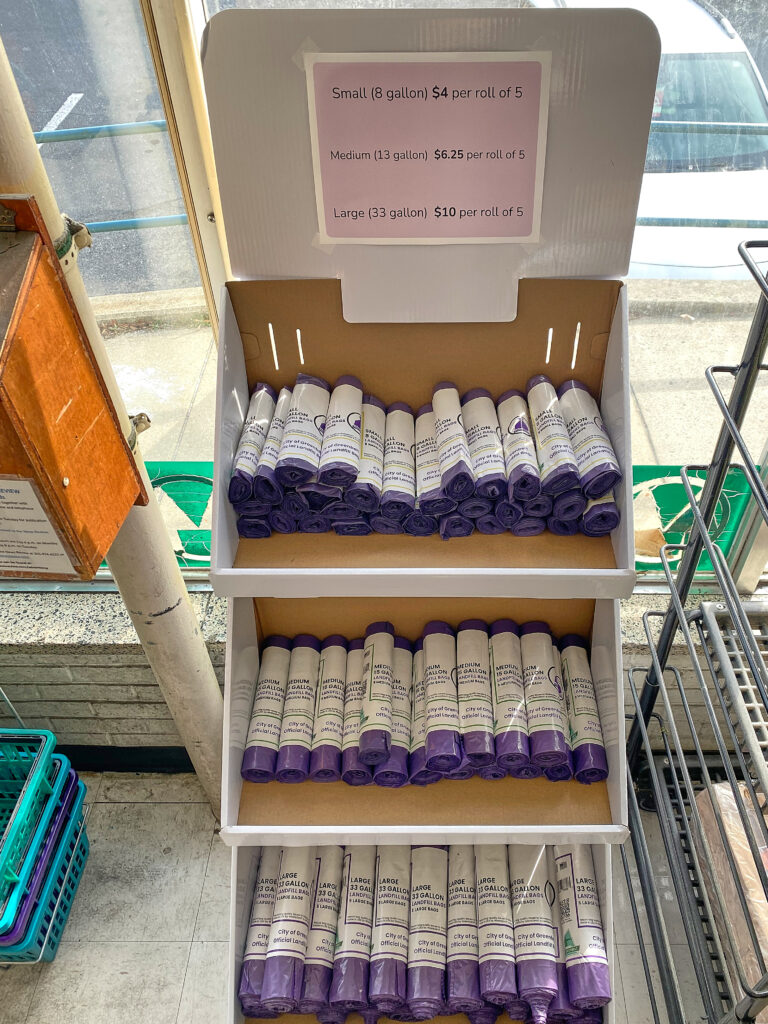In its most basic form, a battery is a storage of chemical energy that can be converted to electrical energy. Turns out, some soil has this. So by putting electrodes and cathodes into soil (as well as a bit of citrus juice), energy from the wet earth can start to light the world. This is the technology that students from Eleanor Roosevelt High School and Edinaman Senior High School in Elmina, Ghana, harvested to win the World Smarts STEM Challenge on March 21 in a competition sponsored by IREX and the Carnegie Corporation of New York.

Now the team “Big Bang Brains of the World” is trying to raise money to produce their winning design so that more people can use it. ERHS sophomore Caleb Wheeler explained that when the team started out, they learned the infrastructure in Ghana is aimed at providing electricity for industry, but not necessarily for schools and homes. “We were challenged to see if we could cheaply solve the problem,” he said. Team manager, engineering teacher Dave Eisenberg, elaborated, “They were looking for a solution to blackouts in Ghana, so they wanted to find an alternative energy source.”
The team went through several iterations of their idea, he said. “Originally the team had discussed using dirty household water and a salt bridge to build a battery. After further research and testing the team decided an Earth Battery would offer better results.” Connecting with the Ghana team provided its own challenges, both because of the time difference and the electronic connections. Skype didn’t work. But other forms of electronic signals did. Both teams built an Earth Battery. Edinaman’s team got their battery working first, but eventually both started working. “So far our battery lights LED light bulbs,” says ERHS sophomore Audrey Rapport. They are hoping to increase the power enough to provide more light. “The light will allow students to work later,” she said.
The ERHS team, made up of eight members both female and male, has met weekly since September. Eisenberg said he put an application in for the process in March 2016 and then went for training in Ghana in June that year. In March, they joined over 50 high school students from the United States and Ghana in the competition. Other teams created a natural water purifier, a sustainable exhaust filter and a kinetic piezo-electric mat. Since the ERHS team won they are eligible to earn a matching grant from the Carnegie foundation. The money will be used to launch a prototype of the Earth Battery. There is also a GoFundMe site GoFundMe.com/ BigBangEarthBattery through the PTSA, also accessible at erhsptsa.weebly.com.




